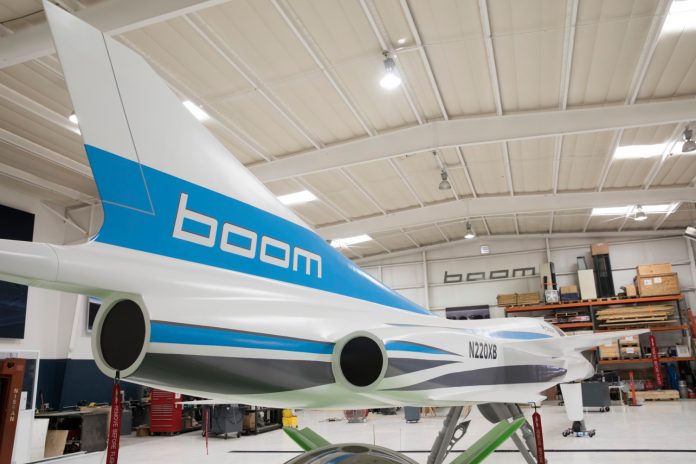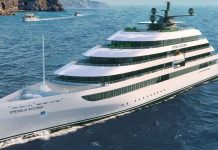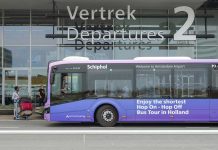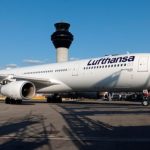NASA released first-ever images of T-38 supersonic jets breaking the sound barrier. Advanced photo technology was used to visualize the intersecting pressure waves, the two T-38s having to fly directly below a plane equipped with the imaging system. NASA says that this data will help their understanding of shock waves and it could help design future jets able to break the sound barrier without the need of the loud “sonic boom”, which is the explosive noise brought about by the shock waves generated when an object travels through air at a speed faster than sound.
Boeing’s 747 “Jumbo Jet” supersized commercial aviation, then Concorde took it supersonic back in 1969. But now Concorde is confined to museums due to unsustainable operating costs and its rivals eliminated due to tech challenges and lack of demand, but the time has come for that to change. Supersonic travel could once again become a reality with a new aircraft now in the later stages of development.
Nevada-based Aerion Corp. partnered up with Boeing for getting its supersonic AS2 aircraft certified. Boeing’s contribution of engineering, manufacturing and flight test resources should help it fly in 2023. This is a sleek business jet with a 12-passenger capacity aimed at business travelers, that will cruise at Mach 1.4 or 1,000 mph, and make routes like London to New York, Dubai, or Beijing in a few hours.
Moreover, this aircraft was designed to run completely on biofuels, more exactly on synthetic paraffinic kerosene (SPK) biofuel that they say it could reduce its CO2 emissions by at least 40%. Plus, Aerion has already secured its first customer for the AS2 Supersonic private jet after putting the aircraft on the market in June at a cost of $120 million per plane. Its customer is business jet operator Flexjet that announced it has placed an order for 20 planes.
Another similar aircraft being developed is the Spike S-512 supersonic business jet which could hold up to 18 passengers by Boston-based Spike Aerospace. There is also another aircraft that wants to bring back commercial travel, the Boom Supersonic, a supersonic airliner with delta wings resembling the early Concorde designs. This comes with 55 seats and it already has 76 pre-orders and a $10 million investment by Japan Airlines. Plus, it wants to reinvent supersonic travel and cut flight times in half according to its founder and CEO, Blake Scholl.
Before being able to enjoy this new type of travel there’s also the issue of noise caused by the sonic boom as well as CO2 emissions, but the manufacturers insist they will comply with environmental regulations, with AS2 already working on meeting subsonic noise requirements as well as emissions standards. The same goes for the Boom Supersonic whose creators state that its sonic discharges will be around 30 times quieter than Concorde’s. Japan Airlines also stated:
“We understand that there are ongoing efforts to establish international noise and emissions standards appropriate for civil supersonic aircraft. We believe Boom is aiming to develop an environmentally acceptable aircraft in line with the international standards.”
Source: cnn.com










